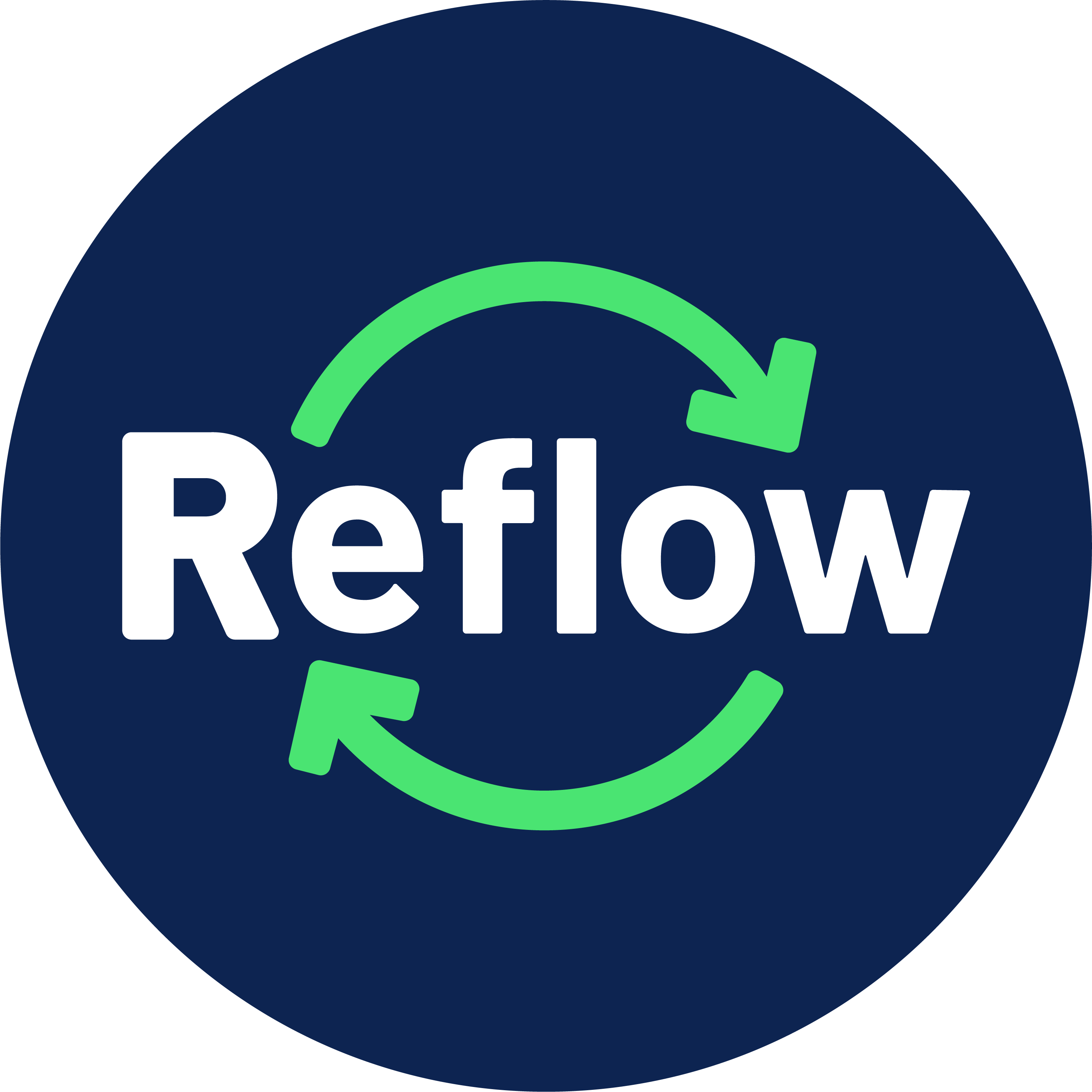Recovery from the Covid-19 crisis presents an important and unique opportunity for the EU to accelerate its transition towards a climate-neutral and circular economy. While there is little dispute about the opportunities offered by the funds available for the low-carbon and circular economy, the longer-term impact on Europe’s decarbonisation trajectory will depend on the choices made in the National Recovery and Resilience Plans and on how the overall policy framework is adapted.
After describing the EU recovery plan, this paper discusses various policy instruments – both new and existing – to create demand for circular materials and lower-carbon products, illustrated by examples of four resource and carbon-intensive sectors, namely construction, steel, textiles and plastics. Acknowledging the immediate need for short-term economic recovery and employment creation, opportunities to accelerate the transition are there, for example in future-proof infrastructure, no-regret projects, and in industry and construction, even if the short-term employment effects may not be significant. Investment will need to be coupled with reforms that enable new circular and low-carbon value chains to develop. A major challenge is the continuous monitoring of the sustainability impacts of the Plans, drawing lessons from the last global financial crisis where monitoring of the environmental effects of stimulus programmes was for the most part absent.
